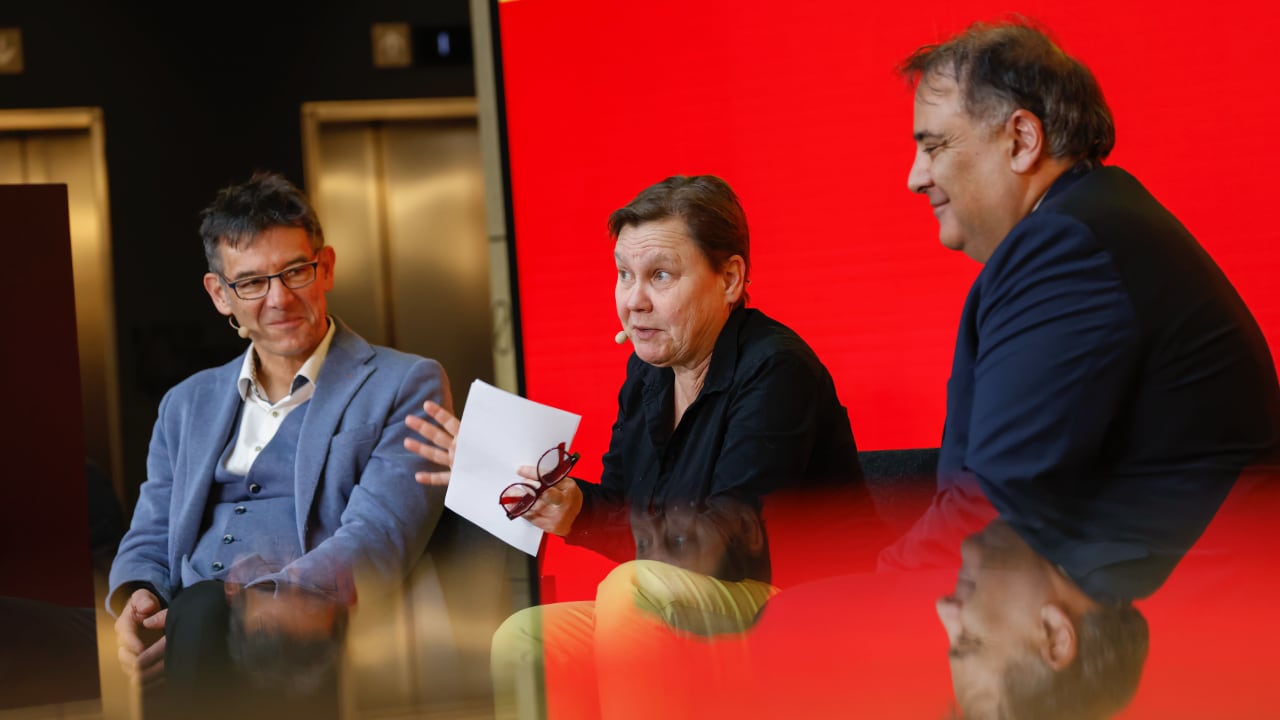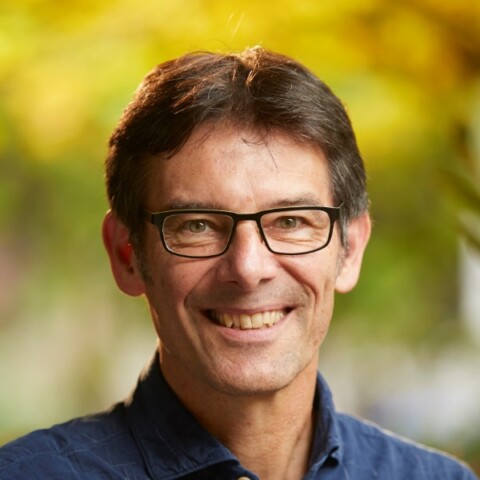Groundbreaking technological innovations for wildlife conservation and biodiversity monitoring take center stage at this DLD25 conversation between tropical biologist Frauke Fischer, entrepreneur Alex Dehgan (Conservation X Labs), and Max Planck Institute researcher Martin Wikelski.
Fischer opens with sobering statistics about biodiversity loss, noting that if all mountain gorillas on Earth attended a DLD event, “a venue with half the seats would be enough, because there are only 1,000 mountain gorillas left on Earth.”
Every day, around 150 species go extinct, she notes. The question is whether technology can stop this trend. “We hope in a way that artificial intelligence might help us to prevent the sixth mass extinction to happen”, Fischer says.
Alex Dehgan highlights the role of exponential technologies, such as satellite connectivity and ubiquitous sensing, in revolutionizing conservation efforts. “We have the opportunity”, he argues. “All these sensors that are in your cell phone are now in the environment. And so we have the ability to create an internet of ecosystem things to be able to use.”
One example is his organization’s Sentinel system which uses edge AI to analyze camera trap data in real-time, enabling the detection of species, diseases, and environmental crimes. Similarly, a cloud-based platform named Wild Me uses AI and citizen science to count and track individual animals, like whale sharks.
Such systems allow scientists to “really understand what’s going on in ways that we’ve never understood before, and give leverage to conservationists”, Dehgan says.
Martin Wikelski presents his work on the Internet of Animals, which connects sensor information from individual animals globally. “There’s so much information in there”, Wikelski notes. “As you know from cell phones, if you link them together you have a novel property of sensing. It’s not foreseen in the individual devices, it’s only seen in the linking together, and this is what we’re doing.”
His team has collected “six billion locations now and growing” and has developed satellite-based tracking technology, initially with the International Space Station, before switching to a new system in collaboration with Munich-based space company Talos.
Watch the video for details, and find out why hearing a cuckoo in your backyard is a good sign for biodiversity.





